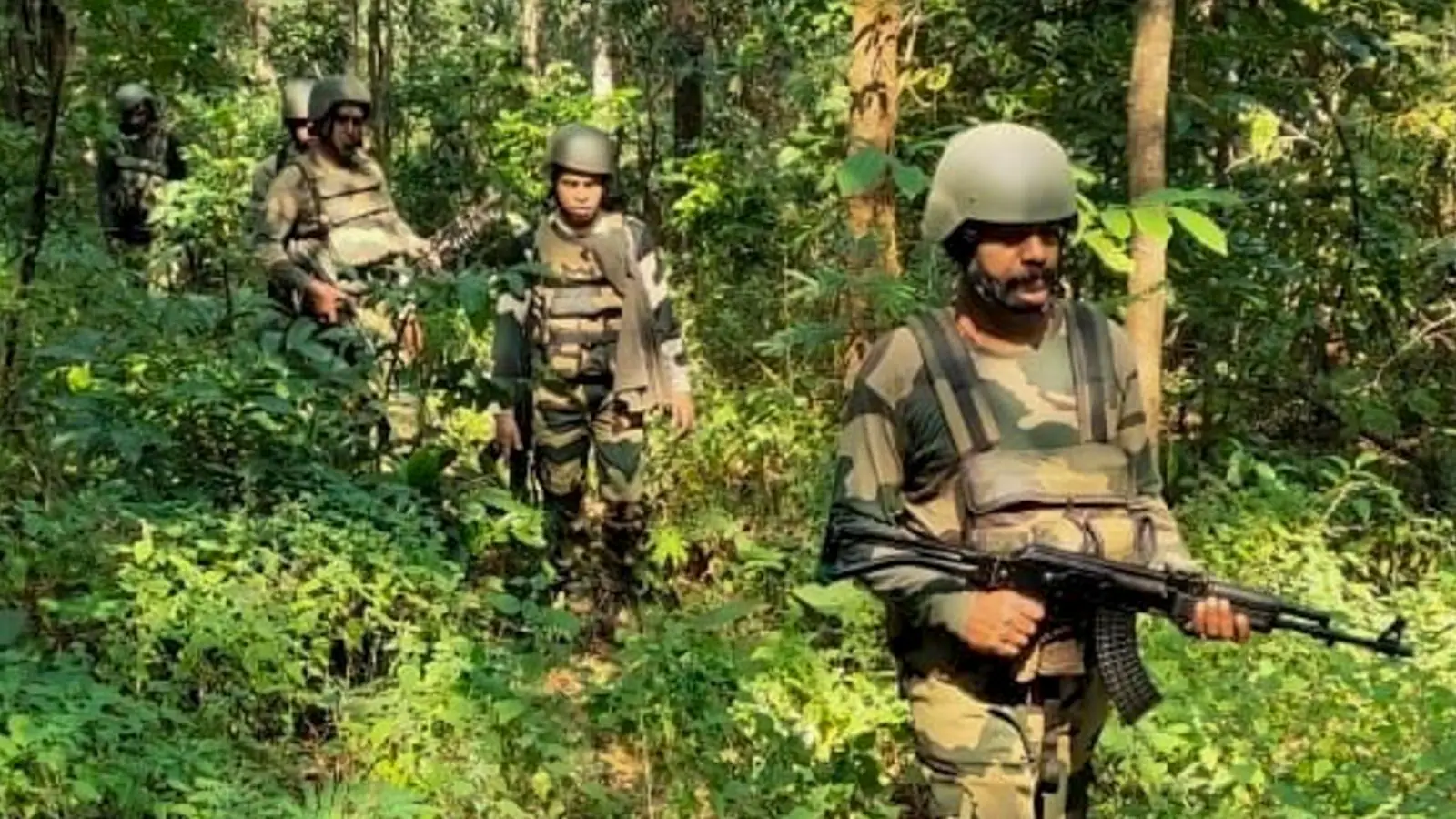By News18 Swadesh Singh
Last fortnight, I visited Kanker in Chhattisgarh—one of the districts historically affected by Left-Wing Extremism (LWE), along with Bijapur, Sukma, and Narayanpur. Notably, Bastar and Kondagaon have recently been removed from the Ministry of Home Affairs’ list of LWE-affected areas.
Kanker is also among the 112 districts selected under the Government of India’s Aspirational Districts Programme (ADP). These two aspects—LWE legacy and aspirational district status—motivated my visit, particularly in light of Prime Minister Narendra Modi’s recent assertion that several aspirational districts are now doing better than their respective state averages.
While searching for the local MLA, I came across a government-organised workshop attended by over 300 people at a local school. This was no ordinary event—it was a well-coordinated awareness and registration drive under the Dharti Aaba Janbhagidari Abhiyan, launched by the Ministry of Tribal Affairs on 15 June to commemorate the 150th birth anniversary year of Bhagwan Birsa Munda, revered as Dharti Aaba. Just two days later, on 17 June, this full-fledged programme was already underway in Kanker’s remote tribal belts—a reflection of the speed and seriousness of the government’s efforts.
The campaign is grounded in a benefit saturation model, aiming to ensure that every tribal household not yet covered under any central welfare scheme is identified and brought into the fold. The workshop embodied the whole-of-government and whole-of-society approach—various departments had set up stalls for on-the-spot registration under flagship schemes. I was informed that officials would also visit villages to conduct door-to-door outreach, further ensuring last-mile delivery.
High Outreach and Coverage
An important partner at the state level is the Development Evaluation Society of India, tasked with identifying excluded tribal beneficiaries. At the Amoda village panchayat office, I met two of their field investigators—Parmeshwar Kashyap and Radhika Nayak—who are among 150 personnel currently collecting and forwarding data on tribal households not availing benefits under 36 key centrally-sponsored schemes. Their field reports suggest high outreach and coverage in schemes like PM Awas Yojana, Kisan Samman Nidhi, Ujjwala Yojana, pensions, and Swachh Bharat toilets. However, they highlighted certain delivery gaps, especially in the Har Ghar Jal (tap water) initiative.
My village visits—to Amoda, Anjani, Bans Patthar, and Thega—revealed similar trends. In these areas, residents reported availing benefits from multiple schemes, including MGNREGA, PM Anna Kalyan Yojana, and others. Most villages had achieved ODF (Open Defecation Free) status, with toilets in every household. One recurring concern, however, was poor mobile connectivity, which sometimes hampers delivery of Direct Benefit Transfer (DBT)-linked schemes. Villagers requested improved mobile infrastructure to mitigate these issues.
A local social activist pointed out an interesting sociopolitical observation: Scheduled Castes in the state have become more adept at leveraging welfare schemes due to increased political awareness, whereas Scheduled Tribes often remain underserved despite being the focus of targeted initiatives. This makes outreach efforts like the Dharti Aaba campaign even more critical.
At the helm of these efforts is District Magistrate Nilesh Kumar Kshirsagar, whose proactive governance style stood out. He has repurposed an old building into a central library, which now serves as a vibrant knowledge hub for the youth especially who are preparing for the competitive exams. His emphasis on innovation and saturation delivery is yielding visible results. He confidently asserted that many schemes in Kanker are performing better than non-aspirational districts, validating the strategic intent behind the ADP framework.
Rise of Neo-Middle Class
What I witnessed in Kanker aligns with broader national narratives. The World Bank recently reported that 270 million Indians have moved out of extreme poverty in the past decade. Additionally, the International Labour Organisation claims that 64 per cent of India’s population (approx. 94 crore people) now falls under some form of social security net, up from just 24 per cent in 2019.
These numbers are not just statistics—they represent the rise of a neo-middle class in India: a segment that may not be wealthy but is no longer poor, and is filled with aspiration. Kanker serves as a live laboratory of this transition—a testament to the impact of focused governance, community engagement, and persistent delivery.
The author teaches Political Science at Satyawati College, University of Delhi. Views expressed in the above piece are personal and solely those of the author. They do not necessarily reflect News18’s views.
